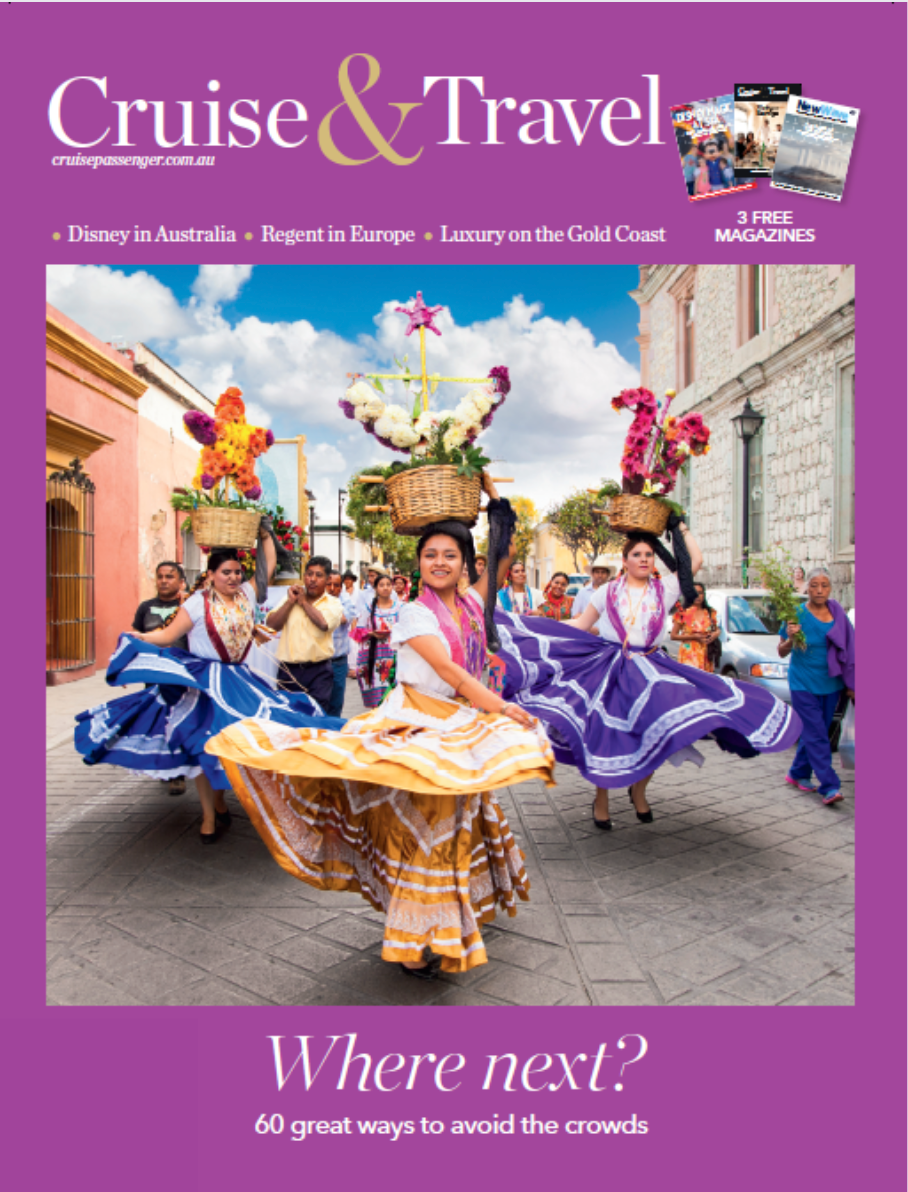River cruising 101: Your ultimate guide
Never been on a river cruise before? You’ve come to the right place! Our how-to guide answers all your river cruising queries. By David McGonigal
How big are river ships?
A typical river cruise ship is long, thin and low, particularly those in Europe, where bridges and locks are old and small. Vessels on, say, the Rhine-Danube route are either 100 or 135 metres long and usually less than 12m wide. They fit into locks with barely a centimetre to spare! The captain steers from a bridge that can be raised and lowered by hydraulic rams.
How do you choose a cabin?
First-timers are best advised to consult an expert cruise agent – cruising.org.au and cruising.org.nz list ICCA-qualified agents. In the more affordable cabin, you’ll have a porthole rather than a window, so take a good look at the lounge and outside areas, as you’ll probably spend more time out of your cabin than in. However, better cabins on new vessels are designed to maximise in-cabin viewing and spaciousness.
What’s the most popular river cruising destination?
Itineraries constantly expand, but the most popular first cruise is the Danube-Rhine corridor between Amsterdam and Budapest. Return cruisers may explore Russia, Spain/Portugal, or more exotic options such as China and Egypt. Voyages on the Mekong in Vietnam, Cambodia, Laos, and along the Irrawaddy in Myanmar (Burma) are becoming increasingly popular, and it takes half the time to fly to Southeast Asia rather than Europe.
Do many river ships offer three meals a day?
Yes, river cruise passengers are usually mature and discerning, so companies have responded by providing suitable, sophisticated food. Local specialities are often served en route. Many companies (including APT, Avalon, Helen Wong’s and Uniworld) now offer complimentary drinks, typically wine and beer, with lunch and dinner.
How is barging different to river cruising?
Barges are smaller vessels that can negotiate narrower waterways. Some hotel barges cater for just a few couples and offer high standards of service and cuisine. You can also hire and drive yourself; Le Boat dominates, but smaller companies provide more traditional barges. Some deliver leisurely gourmet experiences; others are geared for more physical activity, such as cycling excursions. Barges stop overnight and cruise very slowly by day through spectacular scenery.
Do river ships have Wi-Fi and internet access?
Newer river cruising vessels have sophisticated TV and internet facilities. However, particularly in Europe, communications systems antennae must be lowered to pass under bridges, and there are no signals at the bottom of deep locks—so you can expect internet on board, but not all the time.
Upstream or downstream?
Upstream is against the current, so it’s slower, leaving more time to appreciate the scenery but giving less time on land. Downstream is the reverse. Along the Danube and Rhine, you sail upstream along the Rhine, then downstream on the Danube, or vice versa. Water levels can disrupt itineraries: too little water to navigate or too much to let the vessel pass under bridges.
What should I pack?
Your destination and the season will largely dictate what you wear. The dress code on most river cruises is informal, but a jacket and tie are the outfit of choice for the Captain’s dinner and any formal excursions to concerts or dinners.
Whether you’re a seasoned river cruiser or embarking on your first voyage, Cruise Passenger is your go-to resource for all things river cruising. From essential tips and advice to in-depth destination guides and reviews of the top cruise lines, we’ve got you covered. Ready to explore the rivers of the world? Start your journey with Cruise Passenger today!

